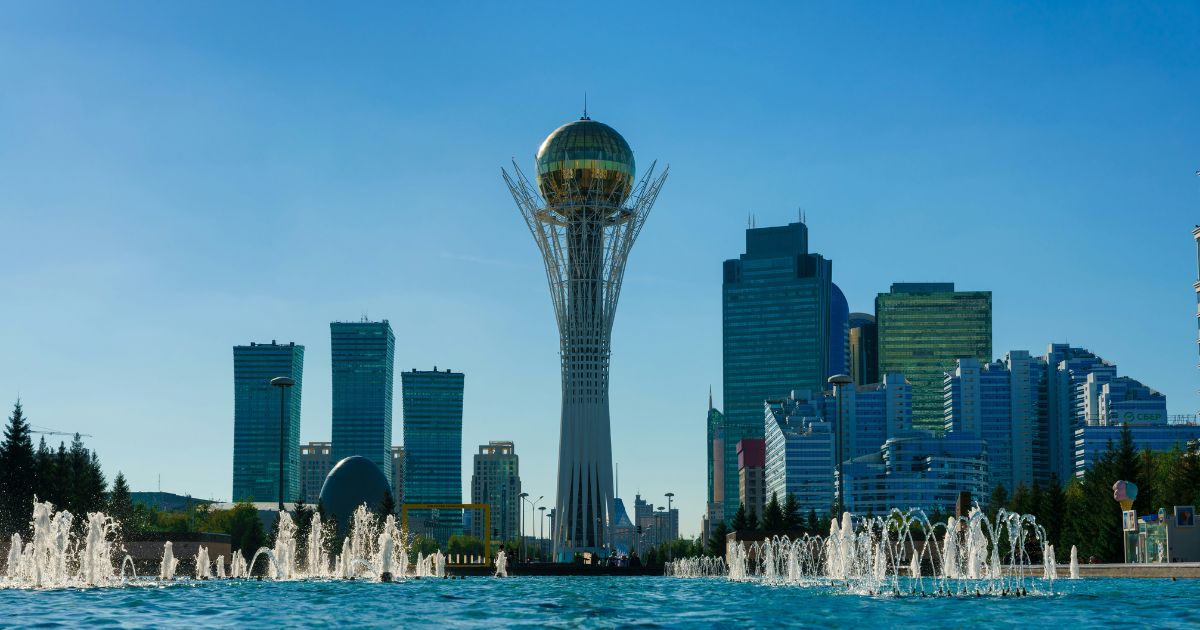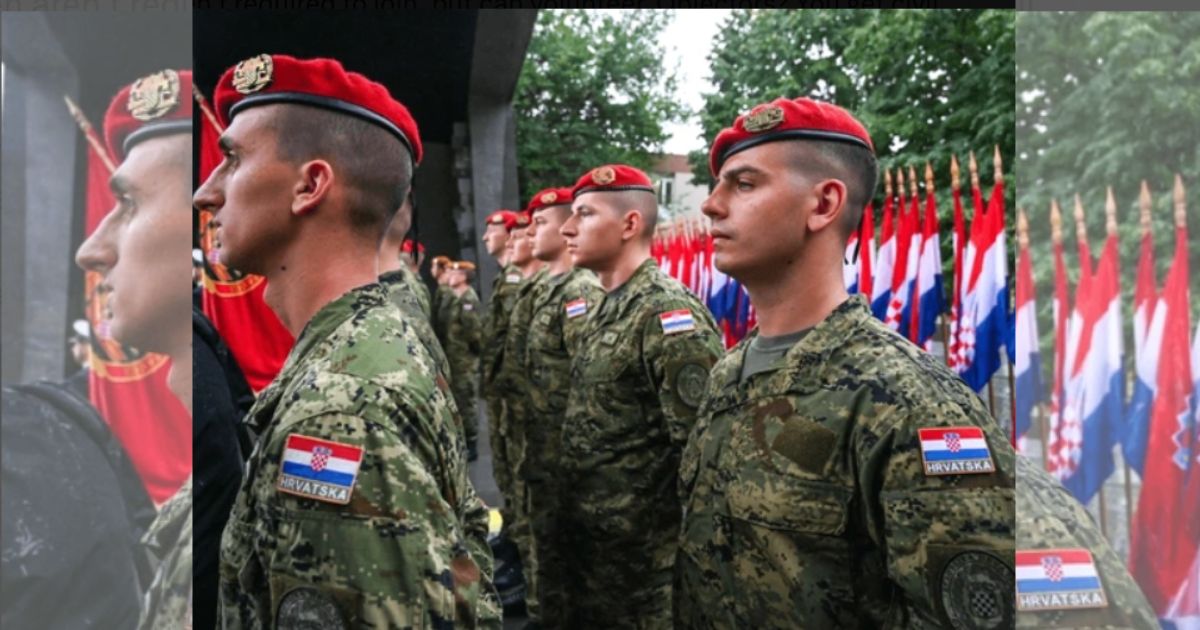Russian troops are still making incremental gains along various sections of the extensive front line in Ukraine – despite another appeal by US President Donald Trump for a battle hiatus on current lines.
Both sides “should stop where they are,” Trump wrote on social media on 17th October, after sitting down with Ukrainian President Volodymyr Zelensky in Washington, DC.
But the Russians appear determined to secure gains before the winter sets in. On 17th October, they fired a record 268 guided aerial bombs, the Ukrainian military reported, down from an average of 170 to 180 per day in recent weeks. The bombs, with a maximum payload of 1,500 kilograms (3,307 pounds), have a primary focus on Ukrainian troops and infrastructure near the front lines.
The Russians have also maintained nightly barrages of drones and missiles against targets in Ukraine, particularly energy infrastructure. In September, there was an average of over 180 drones launched per night, over twice the previous year’s start of the year.
In recent days, the Ukrainians have admitted that somewhere between 20% and 30% of those drones are not being intercepted.
Russia deployed more than 3,270 attack drones, 1,370 guided aerial bombs, and almost 50 missiles of all kinds against Ukraine last week, Zelensky stated on Sunday.
To some pundits, the Kremlin would have no motive to make concessions since its troops are boosting their performance in combat.
Moscow has created new means of employing drones to locate and eliminate Ukrainian troops and destroy Ukrainian assets and turned what had been a zone of vulnerability into one of strength,” writes longtime Russia analyst Dara Massicot in Foreign Affairs.
“It has constructed improved missiles and produced tougher and more capable armored vehicles. It is providing lower-level commanders with greater autonomy to plan,” Massicot continues.
One of the towns that is coming under increasing pressure is the Ukrainians in Kupiansk, in northern Kharkiv. Russian forces have moved north and east of the town, which has been besieged for over a year.
One of Russia’s most popular bloggers, War Gonzo, reported Saturday on Telegram that there was also combat in the heart of Kupiansk. Some 80 Russian soldiers had penetrated the town, the Ukrainian military conceded on Thursday, and its defenders were “doing everything possible to clear Kupiansk of Russian invaders and prevent the accumulation of enemy infantry in the city.”
One Ukrainian defense blogger – Bohdan Miroshnikov – has stated this week that the Russian strategy “may lead to control (if reinforcements are able to come and consolidate).” He went on to say that although the situation was extremely complicated, “full occupation of the city is still a long way off.”
Also in the Kharkiv region, near the international border, the Russians have reported gains in the area of Vovchansk town, including the capture of a surrounding village.
Heavy fighting persists in Donetsk near Pokrovsk, with a Russian military blogger reporting on Saturday that Russian forces were pushing toward the northwestern edges of the city. For its part, the Ukrainian military has asserted to have retaken some 70 square miles of ground in the Pokrovsk region over the last two months, in a series of counterattacks.
Oleksandr Syrskyi, the chief commander of Ukrainian troops, maintained Friday that the Russians lacked “the strategic initiative. At the cost of huge losses, the enemy has managed only small gains in some parts of the front.”
“Ukrainian fighters have halted the enemy’s spring-summer campaign,” Syrskyi further said.
Russia has added some 120 square miles of land over the last four weeks, roughly half of what it grabbed during the last four weeks, based on a report from the Belfer Center for Science and International Affairs at Harvard University.
And Russian progress is expensive. Up to 250,000 Russian troops have been killed in Ukraine, with more than 950,000 total Russian casualties, according to an estimate in June by the US-based think tank the Center for Strategic and International Studies.
Almost 14,000 Russian troops have been wounded or killed in the Pokrovsk region alone since late August, Ukraine’s military command says. CNN can’t confirm battlefield numbers.
In light of these losses, the Russian defense ministry is thought to be modifying its mechanism for hiring more recruits. In the last few weeks, Russian regions have started reducing the high sign-on bonuses that were previously offered to recruit people. The Kremlin has hitherto depended on monetary incentives to recruit volunteers and prevent another mobilization, but the practice “is most likely experiencing diminishing returns, which will force the Kremlin to consider a different strategy,” a Washington-based Institute for the Study of War (ISW) think tank said.
“Russia can start mobilizing Russian active reserve members on a rolling basis to support its combat operations in Ukraine,” ISW says.
Ukraine, on its part, is counting on long-range attacks on Russian energy infrastructure as a way to convince the Kremlin to agree to negotiations. It has increased production of its own cruise missiles, though it has not so far been able to convince Trump to provide Tomahawk missiles.
Since the start of the year, effective strikes have been conducted against 45 of Russia’s fuel and energy facilities, Syrskyi said. Analysts estimate one-fifth of refining capacity in Russia has been disrupted.
Nonetheless, even the casualties and injury to Russia’s economy haven’t prompted Russian President Vladimir Putin to indicate any willingness to accept a ceasefire or negotiations with Ukraine.
Over 1,300 days since Russia launched the all-out invasion, as one analyst puts it, “Ukraine cannot destroy Russia’s war capacity, while Russia appears unable to militarily defeat Ukraine.”




